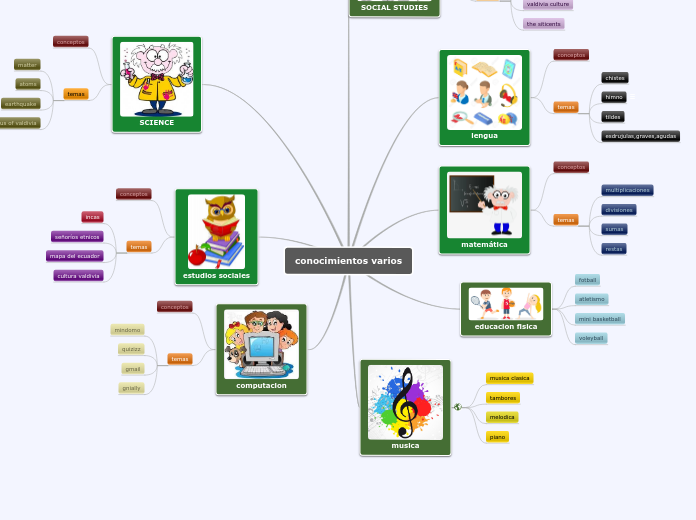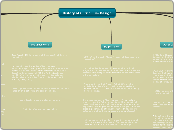conocimientos varios
computacion
gnially
gmail
quizizz
mindomo
estudios sociales
cultura valdivia
mapa del ecuador
señoríos etnicos
incas
SCIENCE
venus of valdivia
earthquake
atoms
matter
musica
piano
melodica
tambores
musica clasica
educacion fisica
voleyball
mini basketball
atletismo
fotball
matemática
restas
sumas
divisiones
multiplicaciones
lengua
esdrujulas,graves,agudas
tildes
himno
Winnipeg

[ˈwɪnɪpɛɡ]
(
?
·
i
) es la capital y la ciudad más poblada de la provincia
canadiense
de
Manitoba
, localizada en las praderas del
Oeste de Canadá
.
1
2
Es, además, la
séptima ciudad más grande de Canadá
, la más importante del centro del país y la ciudad principal de su área metropolitana, la
Región de Winnipeg Capital
.
Alrededor de la mitad de la población total de Manitoba reside en la Región de Winnipeg Capital, cuya población es de 730 305 habitantes. La ciudad de Winnipeg cuenta con una población total de 663 617 habitantes (Censo de 2011).
3
La ciudad se encuentra en la confluencia de los ríos
Rojo
y
Assiniboine
. Caracterizada por un clima riguroso (temperatura media de -19 °C en enero, pero de 19,7 °C en julio) es considerada como una de las grandes ciudades más frías del mundo.
Winnipeg posee edificaciones históricas y numerosos parques, como el Assiniboine Park o el Birds Hill Provincial Park. Por su situación, está también muy próxima a los ríos del
Escudo Canadiense
y numerosos lagos, entre los que se encuentran el
lago de los Bosques
, el
lago Winnipeg
(el decimosegundo
más grande del mundo
) y el
lago Mani
chistes
SOCIAL STUDIES
In the
United States education system
, social studies is the integrated study of multiple fields of
social science
and the
humanities
, including
history
,
geography
, and
political science
. The term was first coined by American educators around the turn of the twentieth century as a catch-all for these subjects, as well as others which did not fit into the traditional models of lower education in the United States, such as
philosophy
and
psychology
.
[1]
In 1912, the
Bureau of Education
(not to be confused with its successor agency, the
United States Department of Education
) was tasked by then
Secretary of the Interior
Franklin Knight Lane
with completely restructuring the American education system for the twentieth century. In response, the Bureau of Education, together with the
National Education Association
, created the Commission on the Reorganization of Secondary Education. The Commission was made up of 16 committees (a 17th was established two years later, in 1916), each one tasked with the reform of a specific aspect of the American Education system. Notable among these was the Committee on Social Studies, which was created to consolidate and standardize various subjects which did not fit within normal school curricula into a new subject, to be called "the social studies."
temas
the siticents
valdivia culture
volcanic eruption
skeletal system
Animals with internal skeletons made of bone, called vertebrates, are actually the minority on Earth. As much as 98 percent of all animals are invertebrates, meaning they do not have internal skeletons or backbones.
The amount of bones a person is born with isn't the final tally later on. Human infants are born with about 300 bones, some of which fuse together as the body develops. By the time humans reach adulthood, they have 206 bones, according to
Arizona State University’s School of Life Sciences
. Human males grow until their late teens and females grow until two years after the beginning of their menstrual cycle, typically. This is when the growth plates on bones usually close, halting bone expansion.
Bone Density Decreases in Space
Bone loss is a serious issue that has plagued astronauts since the dawn of the Space age. In the microgravity environment bones are remodeled with a decrease in mineral density. Good nutrition, increased vitamin D intake and exercise are used to battle the issue aboard the ISS.
conceptos









